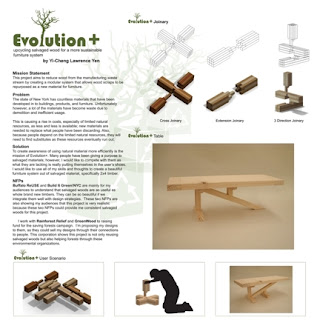 |
 |

 |
For designers at Viget, Mood Boards are consistently among our favorite topics to discuss and deliverables to create. I wanted to shed a little more light on the subject to talk about some variations of the practice and how we look at them at Viget. Essentially, mood boards aren't a one-size-fits-all kind of thing and we have different approaches to them. Ultimately, we always have the same goal in mind – to start broad in efforts to get early feedback that will allow us to narrow our focus as we begin to work on the details of a design. I originally approached this subject back in 2008 looking at two variations of mood boards. Since then, our two variations have morphed into three. Here are some examples that illustrate what we mean.
What are the benefits?
Faster mockup production
Some clients will argue that they don’t want to pay for mood boards and would rather go straight to mockups, but a few short hours spent up front can save countless hours down the line. With a visual guide created and a clear vision of where you’re headed it’s much easier to jump right in to the visual prototyping process. There is no blank-canvas syndrome to deal with, and no gnawing feeling that you are wasting your time on a concept they might not like. Best of all, there are no big surprises. Since using mood boards I have yet to run into a project that was a complete do-over.
Smoother client buy-in
Additionally, early client participation makes them a bigger part of the project. When clients feel involved they are more likely to trust you. Mood boards make it clear that you are listening to them and considering their input. They also gain insight into the thinking behind your decisions, dispelling the all-too-common notion that designers choose everything on a whim. Knowing why you picked something will often keep personal preferences (ie/ the client’s favorite color is purple so she would like to see that as a background) from creeping in as change requests.
Less frustration, more fun
Mood boards are so much fun, they hardly feel like work. Designing loosely lets you brainstorm, explore and play with different styles without all the limitations a layout (and coding realities) will later impose. They also keep revision cycles to a minimum, something every designer can appreciate.



No comments:
Post a Comment